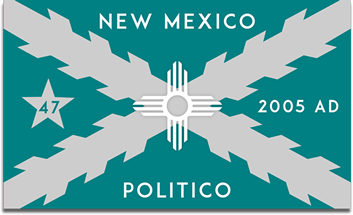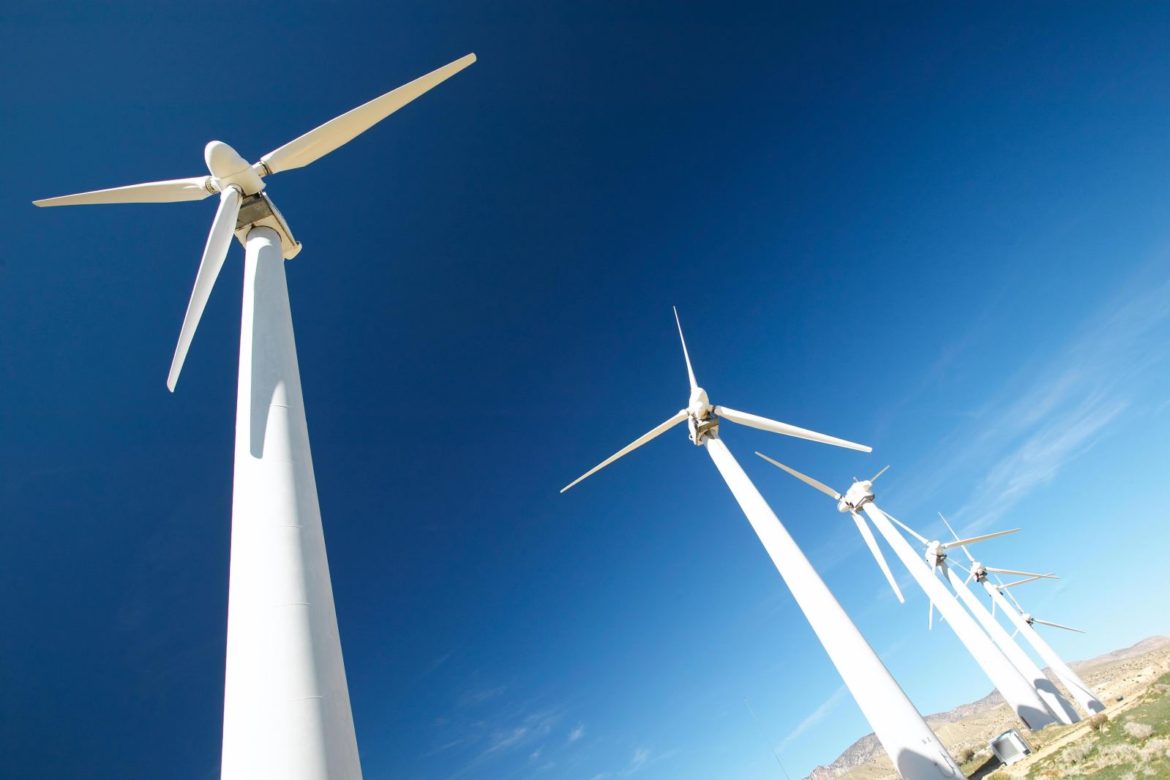The Trump administration’s well publicized push to roll back President Obama’s Clean Power Plan, including Energy Secretary Rick Perry’s grid study intended to boost coal, are not going to revitalize the coal industry. The evolution of the U.S. electric grid from baseload coal plants to more renewable energy is not so much due to a war on coal, but rather due to market forces: the abundance of natural gas and burgeoning consumer demand for renewable energy.
Fracking boom
Through the use of hydraulic fracturing domestic oil production in the United States has seen enormous improvements in efficiency, which has added to a global oversupply of natural gas since the natural gas that comes out of those oil wells is practically free. While folks pushing for renewable energy like to take credit for the collapse of coal generated power, cheap natural gas is the real reason why last year electricity generated from natural gas surpassed coal’s share for the first time ever.
The customer is always right
According to a 2017 survey of North American utility employees, the best reason to invest in renewable energy sources is not the cost associated with building renewable energy capacity (which has dropped due to government subsidies and economies of scale), but rather because customers are demanding it. It is no surprise then to see corporate customers also wanting to go green. Power purchase agreements by utility companies accounted for 40% of the wind capacity built in 2014, down from 75% in 2013 and 76% in 2012, according to a report by the American Wind Energy Association.
The grid of the future is a mix of renewable energy “backed up” with natural gas
The market forces mentioned above help explain why utilities across the country are abandoning coal for a mix of renewables supplemented by natural gas power plants, including plans announced last week by PNM, the electric utility that serves most of New Mexico (full disclosure: I am currently employed by PNM as a wholesale power marketer). Given the background information previously mentioned the statement by the company’s CEO makes sense:
Market forces are driving a rapid evolution of energy resources, and the current data clearly supports the replacement of the coal in our portfolio with an energy mix that includes more renewables and natural gas as the best, most economical path to a strong energy future for New Mexico.
It is important to understand that yes, the energy mix proposed by PNM is driven by market forces, but also by operational demands and restraints. Consumer’s insatiable demand for electricity cannot be met by unpredictable and intermittent renewable power alone; until economically viable industrial energy storage solutions are developed, natural gas is the best energy source to make up the difference. As I have written about before, gas plants are “an enabling factor” which allow for the integration of additional renewable sources of power.
Moving forward, it is easy to predict utility and customer sentiment toward green energy will continue to grow. But even as PNM and other utilities move away from coal, environmentalists either choose to ignore or are blissfully unaware that their demands for greater renewable power, at least in the near future, must include natural gas. I couldn’t help but chuckle when, after PNM published the coal free integrated resource plan, an attorney for the Coalition for Clean Affordable Energy said:
It’s a good step in the right direction, but we still have concerns about replacement power. The plan calls for more renewables, but there’s still a fair amount of natural gas and other fossil fuels in there.
Unless consumers want an electric grid that only supplies power when the wind blows or the sun is shining, those extremist demands are completely out of touch with the expectations of a modern society.

